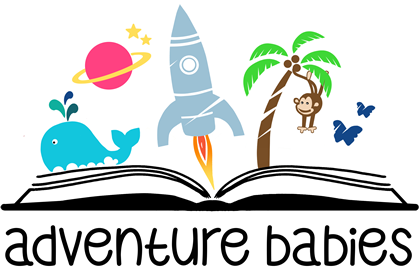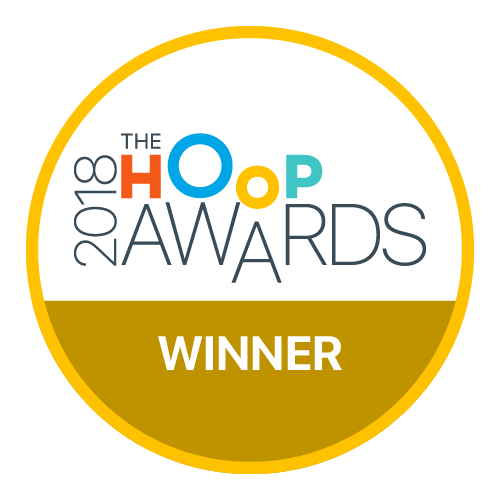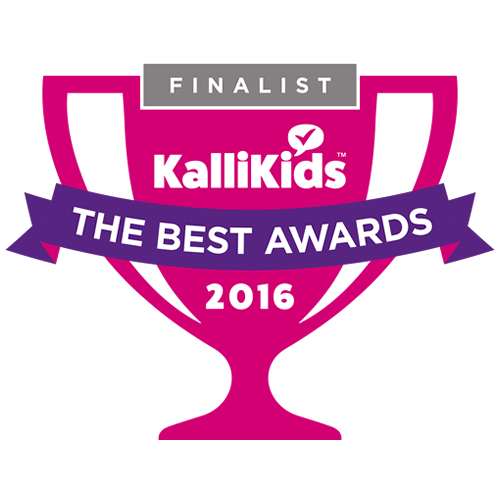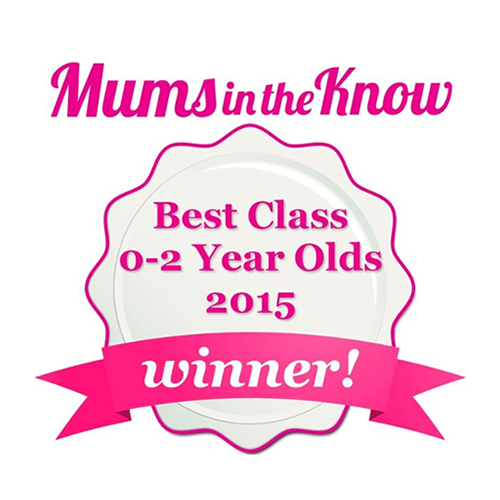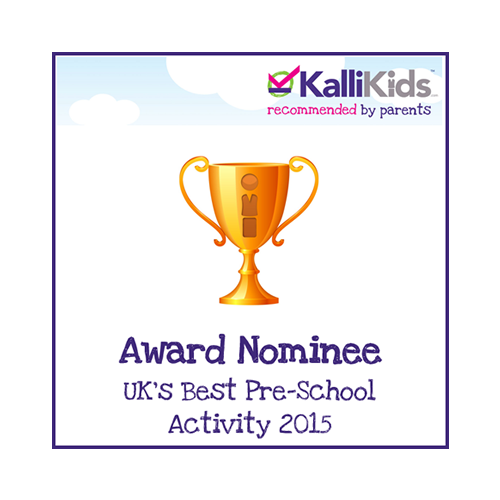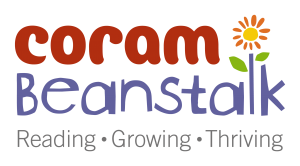Help! How Do I Start Weaning My Baby? A Real Mum’s Guide to Starting Solids Without the Stress
If you’re googling “how do I start weaning” at 2am with a baby balanced on one hip and a spoon in the other, you’re in the right place. Weaning can feel like a big, scary leap into the unknown—but it doesn’t have to be. Whether you’re a planner with a freezer full of purées or someone who only just found out what baby-led weaning even is, this post is here to help.
And spoiler: those Adventure Babies sensory classes you’ve been eyeing up? They’re not just for storytime magic—they’re actually brilliant prep for the weaning journey too.
What is Weaning and When Should I Start?
Weaning is the process of introducing solid food to your baby, usually from around 6 months old. At this stage, most babies are:
-
Sitting upright with little or no support,
-
Grabbing at your food like tiny food thieves,
-
Losing that tongue-thrust reflex that pushes everything back out.
You’ll still be giving milk (breast or formula), but solid food becomes the supporting act—and later, the main event.
How Do I Start Weaning?
How do I start weaning without feeling completely overwhelmed? That’s the question we’re all asking.
Here’s the truth: there’s no perfect way to begin. Some parents go for purées, some do baby-led weaning (where baby feeds themselves soft finger foods), and others do a mix of both. The best method? The one that feels right for you and your baby.
What is helpful, though, is getting your baby used to new textures, smells, and experiences before they even meet a spoon. And that’s exactly where Adventure Babies sensory storytelling classes can give you a real head start.
Why Sensory Play Supports Weaning
Before food ever touches their lips, babies learn through their senses. That squishy tray of coloured spaghetti at your local Adventure Babies class? It’s not just messy fun—it’s building familiarity with:
-
Unusual textures like mash, banana, or porridge,
-
Smells and colours that mimic real food,
-
The confidence to touch, explore, and (let’s be honest) mouth new things.
It also helps with something super important: motor skill development. Your baby needs gross motor skills like sitting upright with good head control (hello, high chair life), and fine motor skills like grabbing, holding, and eventually self-feeding. At Adventure Babies, everything from reaching for textured props to crawling across sensory trails supports these milestones—getting little bodies ready for the big adventure of food.
So if you’re asking how do I start weaning in a way that feels natural and developmentally supportive, sensory play isn’t just fun—it’s foundational.
Weaning Tips from a Real Mum Who’s Been There
Let’s skip the jargon and get real. Here’s what I wish I’d known:
1. Start Small and Slow
The first few weeks aren’t about eating loads—they’re about exploring. One or two spoons or pieces a day is fine.
2. Embrace the Mess
They’ll squish, smear, fling, and probably paint their eyebrows with sweet potato. That’s all part of the learning.
3. Use Soft, Safe Textures
Whether spoon-fed or self-fed, start with soft veg, fruit, or mashed versions. Think avocado, banana, carrot sticks.
4. Let Them Take the Lead
Offer food, don’t force it. Some days they’ll eat, some days they’ll throw it overboard like a pirate. It’s normal.
5. Keep Offering New Things
Babies may need 10+ tries to accept a new food. Stay patient and keep a variety going—even if they only poke it with suspicion.
Weaning FAQs (Because Let’s Be Honest, It’s Confusing)
Q: What if my baby gags?
Gagging is normal and expected as babies learn to handle food. It’s very different from choking, which is silent and requires action. A baby first aid course can give peace of mind.
Q: What if they’re not interested?
That’s OK. Keep offering. Let them join you at the table, even if all they do is lick the spoon.
Q: Do I need to stop breastfeeding or formula?
Nope. Milk remains their main source of nutrition until age 1. Think of food as a sidekick for now.
Q: Can I do purées and finger foods?
Absolutely. It’s not a purist’s game—mix it up to suit your baby’s readiness and your sanity.
How Adventure Babies Can Help Your Weaning Journey
Here’s the unexpected weaning hack nobody talks about: Adventure Babies classes.
Your baby gets used to sensory stimulation in a safe, fun environment—perfect prep for accepting the weird and wonderful world of food. When they’ve already explored textures like jelly, sand, and squashy foam, a dollop of yogurt isn’t so scary.
And let’s be honest, it helps you too. Watching other babies play, mouth, and explore takes some of the pressure off. Plus, it’s a lovely way to chat with other parents who are also just trying to figure out what the heck a “snack plate” even is.
In Summary: You’ve Got This
Weaning can feel huge, but take it one squishy carrot at a time. Stay curious, stay relaxed, and embrace the glorious mess. You’re not expected to raise a foodie overnight—you’re just introducing your baby to a new, exciting world.
